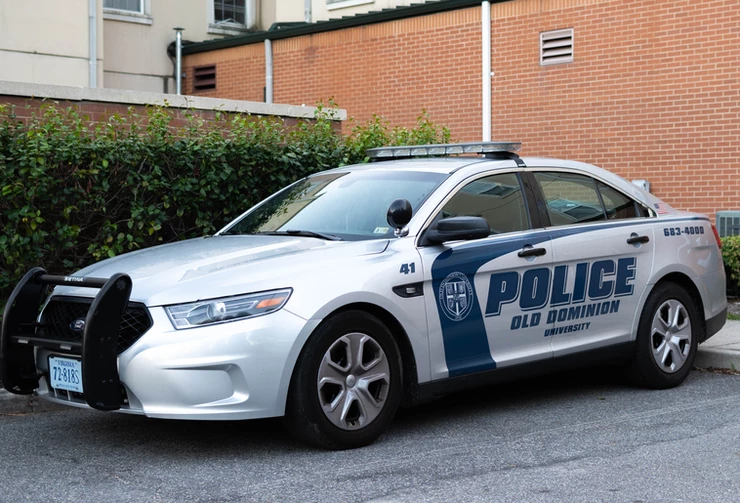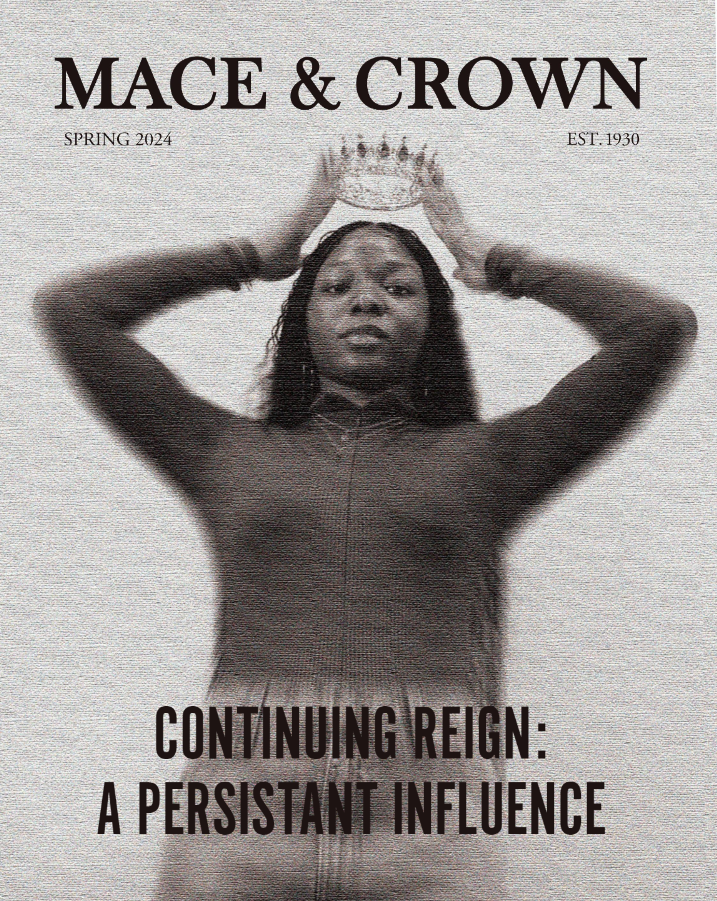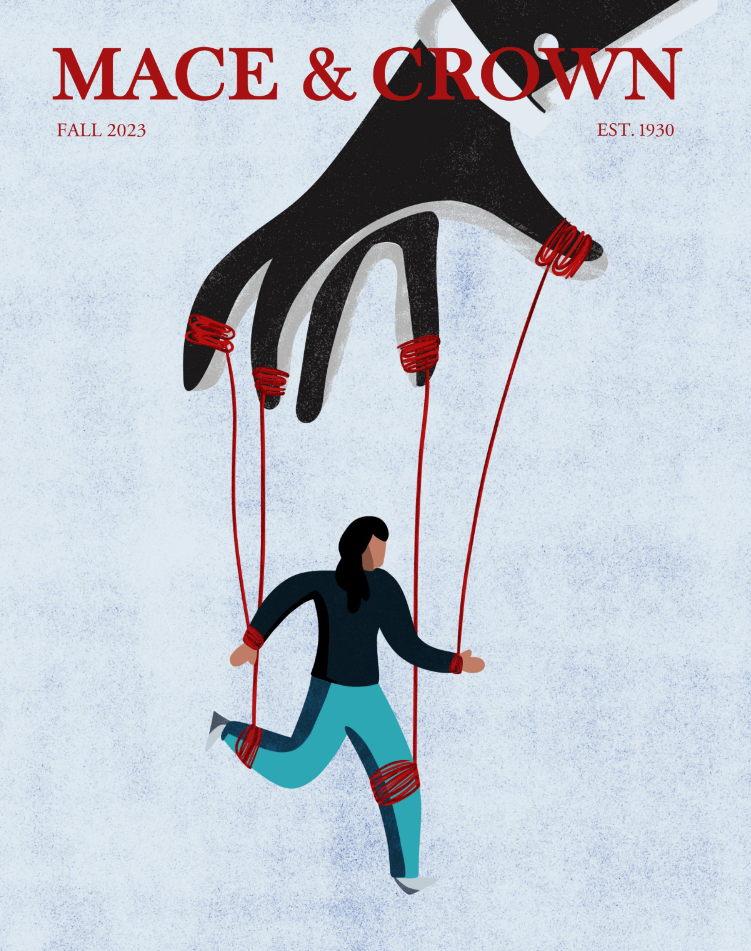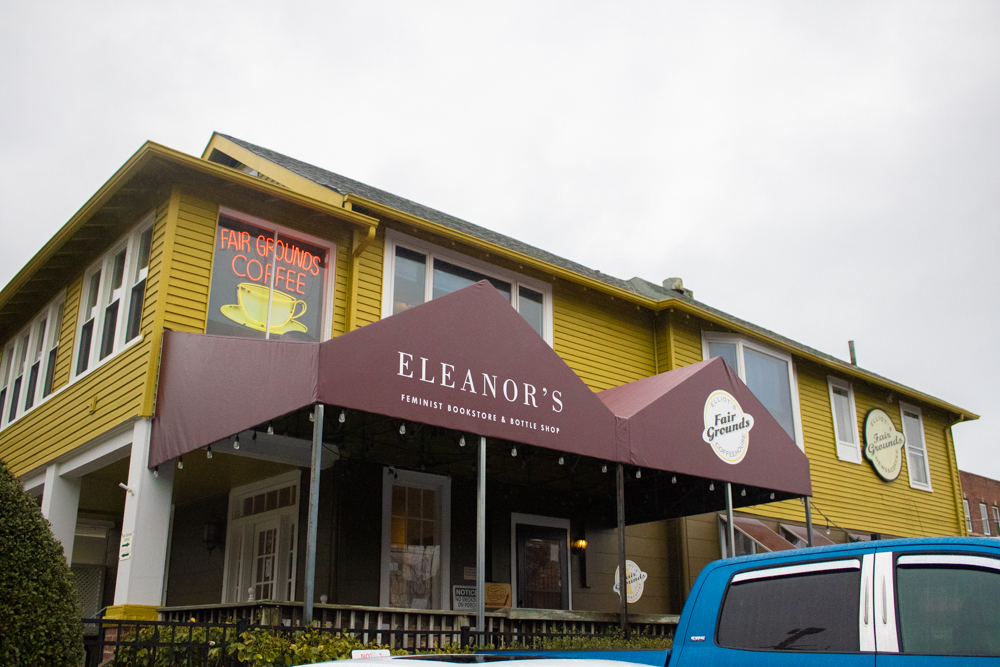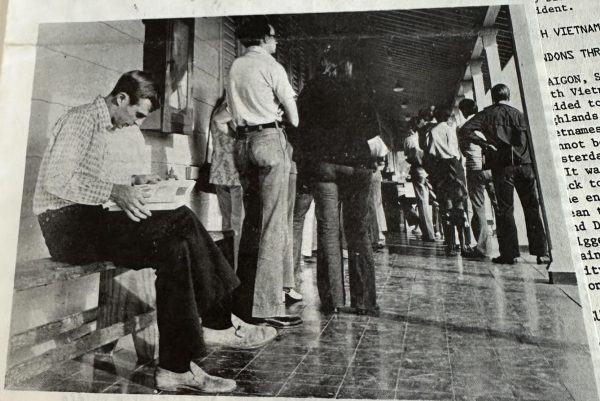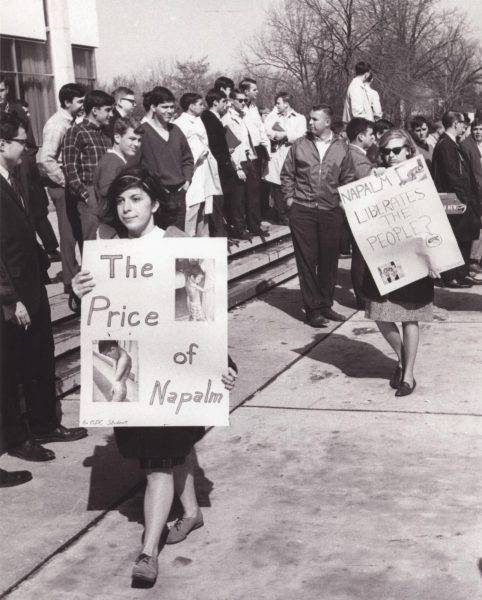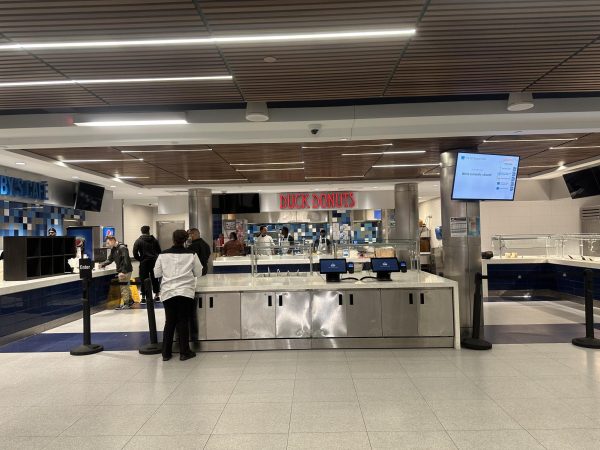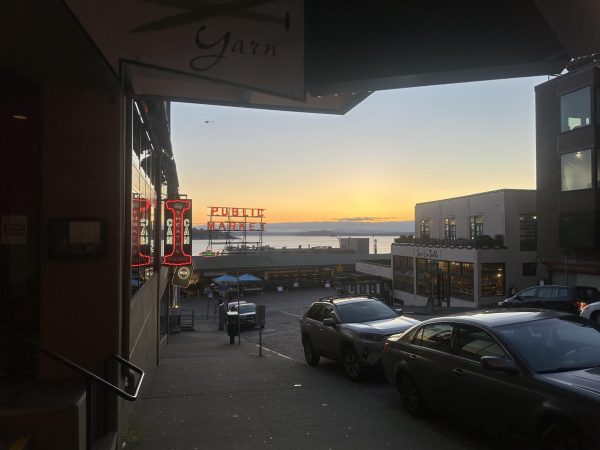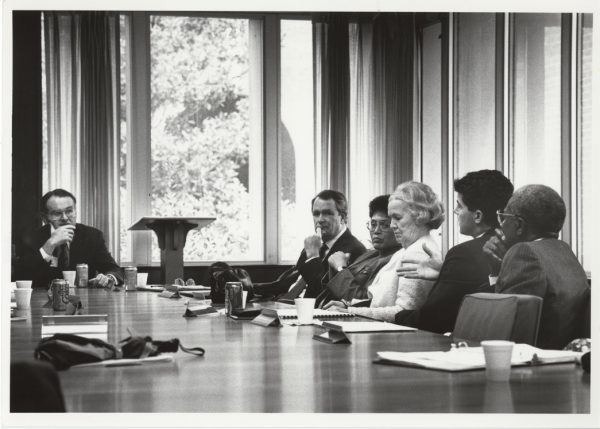ODU Crime Review
December 20, 2021
Originally published October 4, 2021.
With the fall semester in full swing and students back on campus after a year of lockdown, things are very close to normal at ODU. While this comes with the good—student involvement fairs in the Webb and edge-of-your-seat football games in the S.B. Ballard stadium—it also comes with the bad. ODU is a unique college campus, nestled in the heart of the city of Norfolk. Unfortunately, this means crime happens—probably more than you think.
“It is an urban environment.” Chief of Police Rhonda L. Harris said in an interview on Sept. 28, “Here, the university is in a city and you can find all kinds of problems in any city. So, you have to think about where you are, where you’re traveling, and what’s going on. And the areas where a student may be partying or trying to engage socially are going to be areas where you draw people in from a much larger community than just the university and they may have different motives.”
You’ve probably been aware of some of the crimes around campus, either through email or emergency notifications. This is thanks to the Clery Act. According to ODUPD’s 2021 Annual Security Report (ASR), “the Clery Act requires universities to issue a timely warning for certain identified crimes, and emergency notifications for incidents that represent a threat to the safety of students or employees.”
Data collected because of the Clery Act must be available to the public. In accordance with the Clery Act, ODUPD must also make detailed daily crime logs available to the public.
“Most people don’t think about crime until something has happened to them or someone they know closely,” Harris continues, “So, we want people to be aware before that. We’re not trying to ruin their college experience […] we just want them to be cognizant that ‘I really am at higher risk of something going wrong if I’m by myself and I’m highly intoxicated and trying to navigate my way back between 38th and Colley and the quads.’”
Comparing this semester’s crime logs with semesters in the past has proven to be challenging. The COVID-19 pandemic meant next to no students on campus in 2020, as well as skewed crime reports.
Because of this fact, this semester’s ODU Daily Crime and Fire Safety Log data were compared to 2019 data.
“Back to campus” meant back to normal, and the ODUPD, under Harris, prepared for this.
“We thought about what it was that we were most likely to see and we thought about how, not just ODU, [but] every campus can anticipate that within that first maybe 90 days of school there is going to be an increased incident in sexual assault.” Shared Harris.
Harris is referring to what is commonly called “The Red Zone”, which is the time spanning the start of the fall semester through Thanksgiving break in which 50 percent of all college sexual assaults are statistically found to occur.
In 2019, there were four cases of sexual assault between Aug. 28 and Sept. 30. In 2021, there were two cases of sexual battery and one case of sexual assault.
Sexual battery is defined by Virginia law as, “an accused is guilty of sexual battery if he sexually abuses […] the complaining witness against the will of the complaining witness, by force, threat, intimidation or ruse or through the use of the complaining witness’s mental incapacity or physical helplessness.”
Whereas sexual assault is more complex, sexual assault refers to contact or behavior that occurs without explicit consent. It can include attempted rape, fondling, focing of sexual acts, or penetration, also known as rape.
In response to this, the ODUPD has partnered with SEES as well as other student involvement affiliates to start the Start By Believing campaign.
“You can tell people not to drink, but when police tell people not to drink that’s not a message that really resonates. So we talk about drinking safely, staying with friends, making sure that if you go together you leave together […] and just letting people know that there’s resources available if something happens.” Harris explains.
While Harris describes the importance of safely consuming alcohol on campus, only fifty percent of college students’ sexual assaults are associated with alcohol use. Only twelve percent of survivors report their assault to police.
Moreso, when students were asked if they had heard of the Start by Believing campaign, they were overwhelmingly underinformed.
Despite of this, students surveyed do feel safe on campus.
“I haven’t had any problem.” says freshman Darren Wiley, “I feel safe here. At night time though, I always try to walk around with a couple people.”
According to Harris, Wiley is on the right track.
“We could put a thousand programs in place, but if people aren’t thinking about being safe too—that’s a challenge. Making sure that you’ve got your belongings, that you’re not walking to 7/11 at three o’clock in the morning by yourself.” Harris urges, stating that the shortest, darkest route is not always the safest, “So, try to think about things like that.”
Darkness plays a huge role in campus crime according to Harris, who shared another initiative the ODU police department took recently. The department has decided to send officers to train in Kentucky in order to learn how to measure lighting.
“That’s not typically something a police officer would do, but it’s something that I felt like we needed on campus. And we’ve made a major lighting increase across the campus and that has also helped. Lighting does help reduce crime. It helps people feel comfortable to be outside at night and the more people there are [in a group] that helps reduce crime.”
Better lighting on campus cannot solve every crisis, however.

“We’re seeing the same thing across the country,” states Harris, “What we’re seeing is an increase in gun crime.”
Students on campus for move-in week may remember the ODU alert for the shooting on 39th street on Aug. 26, which was not encompassed within our data as we focused on official semester start dates.
More recently, another shooting incident occured on Oct. 1 on 39th street as well, which resulted in the death of Norfolk State University freshman, 20 year old Dominique J. Brooks. This will be included in next month’s crime review.
Aside from these two incidents, there have been five recorded cases of ‘weapons violations’ in the crime log.
ODUPD classifies ‘gun crime’ as a ‘weapons violation’ in their reports, which is defined in the ASR as “the violation of laws or ordinances prohibiting the manufacture, sale, purchase, transportation, possession, concealment, or use of firearms, cutting instruments, explosives, incendiary devices, or other deadly weapons. This classification also encompasses weapons offenses that are regulatory in nature.”
Other disturbing increases in crime exist as well.
Larceny continues to be a common occurance on campus, and the ASR defines larceny as “the unlawful taking, carrying, leading, or riding away of property from the possession or constructive possession of another.” The total larcenies, including bicycle larceny, electronics larceny, and general larceny, are reported to be at 32 cases so far.
While distressing, the increase in robberies—with five occurring so far this semester, and three in 2019—is even more cause for concern. The ASR defines robberies as “the taking or attempting to take anything of value from the care, custody or control of a person or persons by force or threat of force or violence and/or by putting them in fear.”
“We expected that,” says Harris, “We’ve increased patrols, we’ve got a contract with a security company and put out security controls. We’ve done stuff to try to supplement. We’re having some of the same troubles as police departments elsewhere where we’re having trouble recruiting people in and staffing.”
The robbery which occured on 49th Street Sep. 23 caused a stir in the student community, which raised the question of police response time.
“The bigger the crisis is, the faster the police will get there.” Assured Harris, “Calls that have risk of ongoing violence or ongoing injury or something of that nature will always go first and the response time—I think the overall response time […] is somewhere just around three minutes. So in an emergency that’s going to be even shorter.”
ODUPD’s response time is admirably lower than the national average of 10 minutes, and students feel the department’s presence on campus is mostly positive.
“Considering regular police officers most of the time do not help, do not come at all, or take hours to arrive, ODUPD does actually get there when you need them.” Graduate student Jasmine Gibson weighed in.
Despite good will in the ability of the police department, other crime increases that have not yet warranted notifications in the eyes of the ODUPD are worth addressing.
Stalking, which the ASR defines as “engaging in a course of conduct directed at a specific person that would cause a reasonable person to fear for the person’s safety or the safety of others, or to suffer substantial emotional distress” occuring in “two or more acts” is becoming an increasing concern.
In 2019, only one recorded case of stalking was reported between Aug. 28-Sept. 30. However, in 2021 we have already seen five incidents reported in ODUPD jurisdiction so far.
Similarly, five cases of intimidation and threats have been reported, over the two which occurred in 2019. According to the ASR, intimidation is “to unlawfully place another person in reasonable fear of bodily harm through the use of threatening words and/or conduct, but without displaying a weapon or subjecting the victim to actual physical attack.”.
Harassment, or the “means to repeatedly annoy or attack a person or group in such a way as to cause anxiety or fear for safety” is also up. Five cases over three reported in 2019 have been documented in the same date range.
Assault, which is “an unlawful physical attack by one person upon another where neither the offender displays a weapon nor the victim suffers obvious severe or aggravated bodily injury”, is up to seven cases over six cases reported in 2019.
On Sept. 30, Harris sent out an email to the ODU community linking the 2021 ASR report. This report reviews personal safety tactics including crime prevention, fire prevention, university police and law enforcement authorities, crime reporting policies, and Title IX reports and procedures. It also provides crime statistics for the past three years that have concerned reported crimes that have occured in related jurisdictions.
Students are also encouraged to take advantage of safety initiatives such as the LiveSafe app, which allows students to report crime anonymously. There is also the Safe Ride program, which provides on-demand evening van service for free to all Monarchs after dark.


